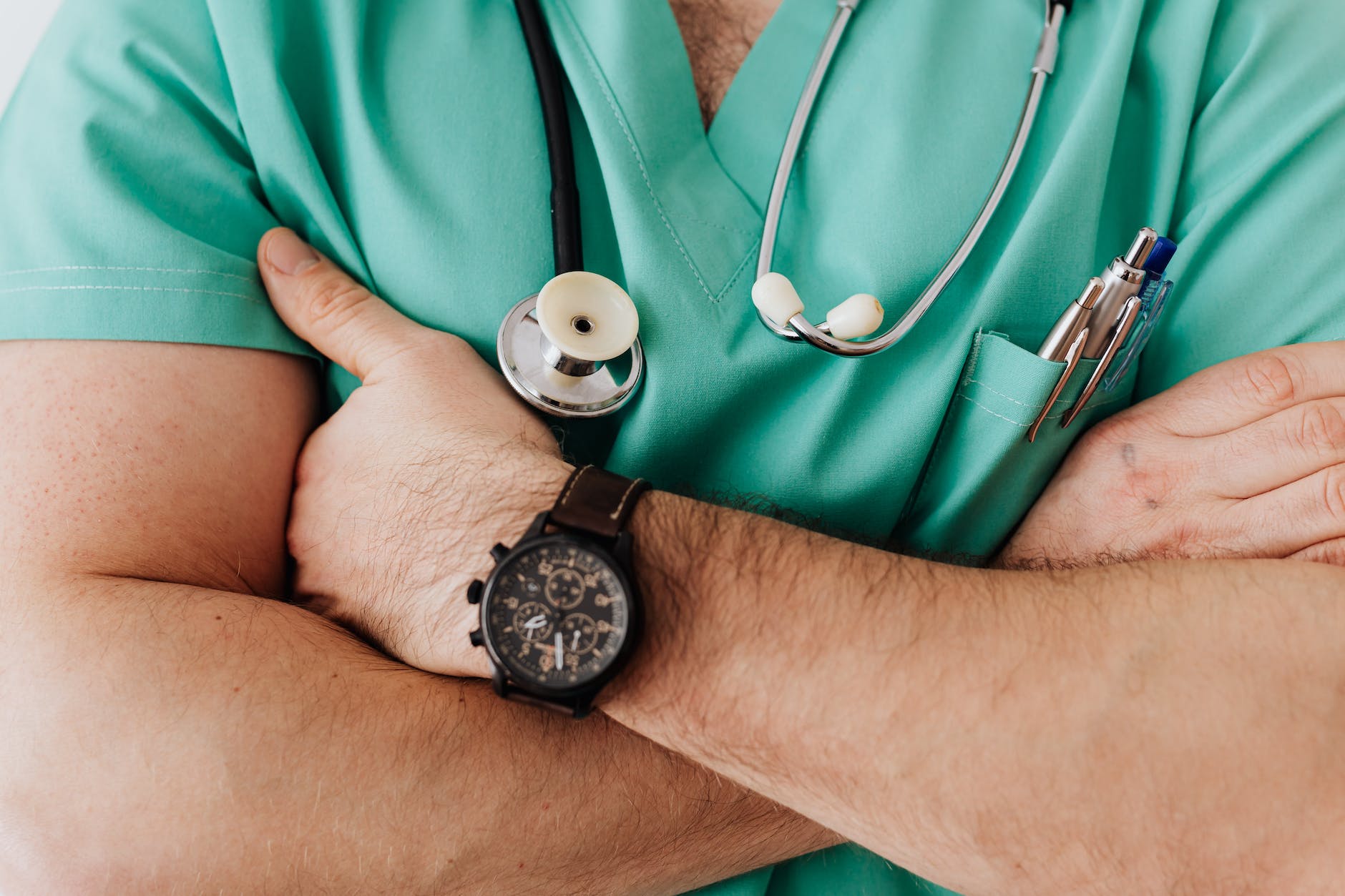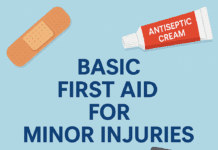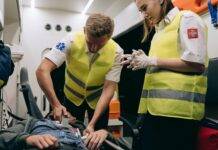
Emergency Response: How to Navigate Critical Situations with Confidence
Emergency Response : In our fast-paced world, emergencies can strike unexpectedly, requiring quick and decisive action. Whether it’s a medical crisis, a natural disaster, or any other unforeseen event, being prepared with effective emergency response strategies can make all the difference. In this article, we will explore essential guidelines to help you handle emergencies with confidence and efficiency.
Understanding the Importance of Emergency Response
Emergency response is the set of actions taken to address and manage a crisis or critical situation. It involves preparation, coordination, and rapid decision-making to minimize harm and ensure safety. Recognizing the significance of having a well-thought-out plan is the first step towards effective emergency response.
Creating a Solid Emergency Plan
Developing a Communication Strategy
Communication is vital during emergencies. Establish a clear communication plan with your family, friends, and relevant authorities. Ensure everyone knows how to contact each other, where to meet, and who to inform about their safety.
Identifying Escape Routes
Know the exits and escape routes in your home, workplace, or any frequently visited locations. Familiarize yourself with alternative routes in case the primary ones are blocked.
Designating Meeting Points
Choose designated meeting points for your family and loved ones in case you get separated during an emergency. These locations should be easily accessible and well-known to everyone.
Assembling an Emergency Kit
Essential Supplies to Include
Create an emergency kit that includes essential items such as non-perishable food, water, a flashlight, batteries, a first aid kit, medications, personal hygiene items, and important documents (identification, insurance papers, etc.).
Tailoring the Kit to Your Needs
Customize your emergency kit based on your specific needs. If you have pets, include their supplies. If anyone in your household has special medical requirements, ensure you have the necessary supplies on hand.
Staying Calm and Collected During an Emergency
Mindfulness and Breathing Techniques
Staying calm is crucial in emergencies. Practice mindfulness and deep breathing techniques to manage stress and anxiety. This will help you think more clearly and make better decisions.
Prioritizing Tasks
In high-pressure situations, it’s important to prioritize tasks. Attend to immediate threats first, such as providing first aid or evacuating, before addressing secondary concerns.
First Aid Basics Everyone Should Know
CPR and Heimlich Maneuver
Learn basic first aid techniques like cardiopulmonary resuscitation (CPR) and the Heimlich maneuver. These skills can be life-saving in emergencies where someone is choking or their heart has stopped.
Treating Wounds and Injuries
Know how to clean and dress wounds to prevent infection. Understanding basic wound care can help minimize complications and promote faster healing.
Collaboration and Delegation in Crisis Situations
Effective Teamwork
In group settings, effective teamwork is essential. Assign roles and responsibilities to different individuals to ensure a coordinated response.
Assigning Responsibilities
Divide tasks based on each person’s abilities. Assign someone to communicate with emergency services, someone to assist with first aid, and others to manage logistics.
Utilizing Technology for Swift Responses
Emergency Apps and Notifications
Download emergency apps that provide alerts, weather updates, and instructions during critical situations. Enable emergency notifications on your smartphone to stay informed.
Locating Nearby Resources
Use technology to locate nearby shelters, medical facilities, and other resources that can aid your response efforts.
Preparing for Natural Disasters
Earthquakes, Hurricanes, and More
Depending on your location, be prepared for specific natural disasters. Know how to “Drop, Cover, and Hold On” during earthquakes, and have a plan for hurricanes, tornadoes, or wildfires.
Securing Your Living Space
Take preventative measures to secure your living space against potential disasters. This may involve reinforcing structures, anchoring heavy furniture, or installing storm shutters.
Emergency Response in the Workplace
Evacuation Drills and Protocols
If you work in an office or other communal space, familiarize yourself with evacuation routes and participate in drills. Know the location of fire extinguishers and other safety equipment.
Providing First Aid at Work
Designate individuals in your workplace who are trained in first aid. Having knowledgeable staff can significantly improve the outcomes of workplace emergencies.
Supporting Vulnerable Individuals
Children, Elderly, and Pets
Consider the unique needs of children, elderly individuals, and pets in your emergency plan. Have supplies and strategies in place to ensure their safety and well-being.
Tailoring Responses to Different Needs
Adapt your responses based on the needs of different individuals. Children may require comforting, elderly individuals may need assistance with mobility, and pets may need transport carriers.
Post-Emergency Actions and Recovery
Assessing Damages
After an emergency, assess the damages to your property and well-being. Document any losses for insurance purposes.
Seeking Professional Help
If the situation requires expertise beyond your capabilities, don’t hesitate to seek professional help. This could involve contacting contractors, healthcare professionals, or mental health counselors.
Learning from Past Incidents
Case Studies in Effective Response
Study past emergency incidents to understand what strategies worked and what didn’t. This can provide valuable insights into refining your own emergency response plan.
Implementing Lessons Learned
Incorporate the lessons you’ve learned from case studies into your plan. Continuously adapt and improve your strategy based on new information and experiences.
Promoting Emergency Preparedness in Communities
Neighborhood Watch Programs
Participate in or initiate neighborhood watch programs. These community-driven initiatives can enhance overall safety and preparedness.
Sharing Resources and Knowledge
Share your knowledge about emergency preparedness with others. Distribute information, host workshops, and encourage your community members to create their own emergency plans.
Maintaining Your Emergency Plan
Regular Reviews and Updates
Periodically review and update your emergency plan. As circumstances change and family members grow, your plan should evolve accordingly.
Adapting to Changing Circumstances
Be flexible and open to adapting your plan to new situations. A well-maintained plan is more likely to be effective when needed.
Conclusion: Empowering Yourself with Preparedness
In conclusion, emergency response is a critical life skill that everyone should possess. By being proactive, creating a solid plan, and staying informed, you can face emergencies head-on and emerge stronger on the other side. Remember, preparedness is the key to confidence in the face of uncertainty.
How to perform CPR step by step
FAQs
- What is the first thing to do during an emergency?
- The first thing to do is to stay calm and assess the situation. Then, if necessary, call for help or take immediate action based on your emergency plan.
- What should I include in my emergency kit?
- Your emergency kit should include essentials like non-perishable food, water, a flashlight, first aid supplies, medications, and important documents.
- How can technology assist in emergency responses?
- Technology can provide alerts, access to emergency services, and information on nearby resources through dedicated apps and notifications.
- Are there specific steps to take after an emergency has passed?
- Yes, it’s important to assess any damages, seek professional help if needed, and update your emergency plan based on the lessons learned.
- How can I promote emergency preparedness in my community?
- You can organize workshops, share educational resources, and encourage your neighbors to create their own emergency response plans.
























